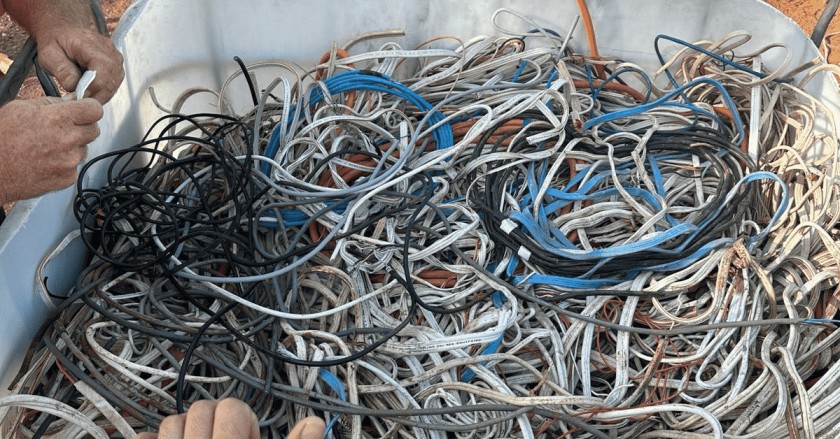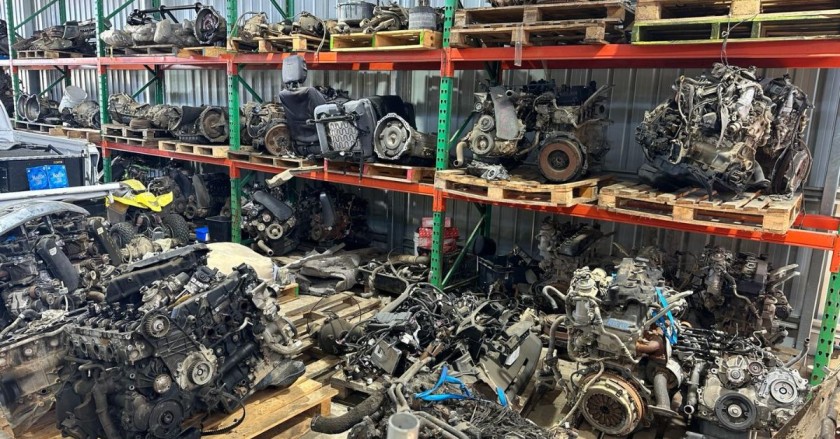Scrap metal generation is a common issue across various industries, including manufacturing, construction, and metal fabrication. While some amount of waste is inevitable in any operation, excessive scrap metal can significantly increase operational costs, create safety hazards, and reduce overall productivity.
Managing and reducing scrap metal is not only beneficial from a cost-saving perspective, but it also promotes a more organised and efficient workplace. By identifying the root causes and implementing specific operational improvements, businesses can minimise waste without compromising production quality or timelines.
This article outlines effective strategies to reduce scrap metal at the workplace. These techniques are intended for organisations looking to improve material efficiency and streamline processes.
Understanding the Impact of Scrap Metal Waste
Before exploring ways to reduce scrap, it is important to understand how excessive metal waste can impact a workplace. Apart from the direct cost of wasted materials, there are several hidden consequences that can affect the business in the long term.
Key impacts include:
- Increased Material Costs: Frequent waste results in repeated purchasing of raw materials, increasing overall project expenses.
- Safety Hazards: Accumulated metal scrap can pose risks such as cuts, trips, or falls, especially in areas with high foot traffic.
- Reduced Floor Space: Scrap piles occupy valuable workspace, limiting movement and causing inefficiencies in workflow.
- Lower Operational Efficiency: High scrap levels often point to poor planning or quality issues that disrupt production cycles.
- Damage to Equipment: Sharp or misplaced scrap can damage machinery, leading to unexpected downtime and repair costs.
Top Effective Ways to Reduce Scrap Metal
1. Identify the Root Causes of Scrap Metal Generation
The first and most essential step in reducing metal waste is identifying where and why it is being created. Without understanding the root causes, implementing corrective measures can be ineffective. Common causes of scrap metal in industrial settings include:
- Equipment Issues: Machines that are not properly maintained or calibrated may cut materials inaccurately, leading to unusable scraps.
- Design Inefficiencies: Over-engineered designs or misaligned component dimensions can result in unnecessary material use and off-cuts.
- Human Error: Mistakes during cutting, measuring, or assembly can produce components that do not meet quality standards.
- Storage and Handling Problems: Poor storage practices can lead to material damage from corrosion, impact, or contamination.
- Lack of Standardised Processes: Inconsistent production methods across teams or shifts can contribute to increased waste.
2. Invest in Precision Tools and Quality Control Measures
Precision is a key factor in reducing metal waste during production. When tools and equipment operate with a high degree of accuracy, there is a lower chance of errors and miscuts. To improve material utilisation, businesses can take the following steps:
- Calibrate Machines Regularly: Routine maintenance and calibration of cutting machines, presses, or welders ensure they operate within their intended tolerances.
- Utilise CNC or Automated Systems: Computer-controlled machinery reduces human error and improves the precision of cuts, bends, and fabrications.
- Implement In-Process Quality Checks: Spotting defects early during production minimises the risk of completing entire parts that later need to be scrapped.
- Track Production Metrics: Using quality control software or manual logs to monitor scrap rates can help identify patterns and areas for improvement.
3. Optimise Material Usage Through Strategic Planning
Another effective way to reduce scrap is by maximising the use of raw materials. This involves thoughtful planning before production even begins. Here are several ways to improve material planning:
- Use Nesting Software: These tools help plan how shapes are cut from metal sheets in a way that minimises off-cuts and unused areas.
- Select Materials in Appropriate Sizes: Choosing stock materials that match the size and shape of parts being produced reduces the need for excessive cutting or trimming.
- Consolidate Material Orders: Grouping production runs or orders that use similar materials can reduce waste by allowing better utilisation of stock.
- Standardise Part Dimensions: Where possible, standardising component sizes across products enables better reuse of leftover material.
- Review Material Usage Trends: Analysing past usage data helps forecast needs more accurately and avoid over-purchasing.
4. Train Employees in Material Efficiency Practices
Employees play an important role in managing scrap levels. Even in highly automated environments, manual handling, measurement, and processing remain critical stages where waste can occur. A trained workforce can significantly reduce material waste by following best practices, such as:
- Proper Measuring Techniques: Training staff on accurate measurement methods ensures that cuts are made correctly the first time.
- Material Identification Skills: Understanding the types of metals and their properties helps workers select the right material for the job, reducing mismatches.
- Safe Handling Procedures: Employees who know how to handle sheets, pipes, and parts carefully are less likely to cause accidental damage.
- Awareness of Project Specifications: A clear understanding of what is required for each job reduces guesswork and the chances of producing incorrect parts.
- Feedback Culture: Encouraging employees to report common issues with material waste can help management address systemic problems.
5. Foster Clear Communication Across Departments
In workplaces where multiple teams handle different parts of a project, communication breakdowns can lead to unnecessary scrap.
For example, if the design team alters a component size without notifying production, pre-cut materials may no longer be usable. Likewise, if procurement orders incorrect material dimensions due to outdated specifications, the result is costly waste.
6. Store and Handle Materials Properly
Improper storage and handling can damage valuable metal stock before it even enters production. Bent, rusted, or contaminated materials often cannot be used and end up in the scrap pile. A well-maintained storage system preserves material integrity and supports more efficient use of inventory.
7. Apply Continuous Improvement Techniques
Reducing scrap metal should be seen as an ongoing effort rather than a one-time project. Businesses that adopt a mindset of continuous improvement are more likely to achieve sustainable results. Continuous improvement keeps the workplace adaptable, efficient, and committed to reducing waste over time.
8. Collaborate with a Scrap Metal Buyer Strategically
While the goal is to minimise scrap, it is inevitable that some metal waste will still be produced. Developing a relationship with a scrap metal buyer can provide benefits beyond just removal. Strategic partnerships like these support broader material management efforts, even when the focus remains on reduction rather than recycling.
Conclusion
Reducing scrap metal at the workplace is an achievable goal when approached with the right mindset and practical strategies. By understanding the sources of waste and implementing focused improvements in planning, training, communication, and equipment use, organisations can significantly lower their scrap rates.
These changes not only save money but also improve workplace safety, boost efficiency, and create a cleaner, more organised environment. While not all scrap can be eliminated, minimising waste wherever possible leads to more sustainable operations and long-term success.
With consistent effort and a willingness to adapt, any workplace can transform its approach to metal usage and reduce unnecessary waste across the board.



